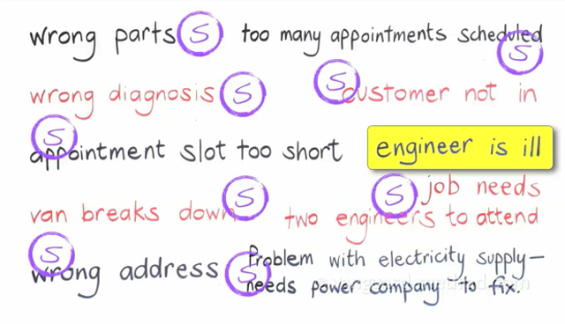I like to read. I know that not everyone else does and when you know someone who reads and likes to talk about it that it can be a bit painful. Nonetheless, I am going to do it again. This post is about the books that I discovered and found interesting in 2014 – books that should influence management in local government. I think they contain relevant and useful ideas to improve what we do. Ideas from all of them feature in posts.
1. Recognising Public Value by Mark H. Moore. Published in 2013, this book expands on the thinking in his earlier book Creating Public Value (published in 1995) in which he described the aim of managerial work in the public sector as ‘creating public value for the community’. This is the equivalent of managers in the private sector creating private value for shareholders. He says “… it is not enough to say that public managers create results that are valued; they must be able to show that results obtained are worth the cost of private consumption and unrestrained liberty forgone in producing the desirable results. Only then can we be sure that some public value has been created.”
In his latest book, he takes this idea further to show how public value can be recognised and measured. The central idea is that the public sector can create an equivalent to the ‘bottom line’ available to the private sector. To achieve this, Moore has developed the ‘public value scorecard’, based on the idea of the balanced scorecard, containing a ‘public value account’ (a clear, explicit and measurable statement of the public value they have created and the costs involved in creating that value); measures of the organisations standing with the stakeholders providing social legitimacy and authority; and measures of the organisation’s ability to deliver the outputs required to achieve the desired public value.
In developing his case for the public value scorecard, Moore covers a wide range of issues, including discussion about private and public value; arbiters of value; costs of using public authority; sources of accountability for the public sector (very interesting reading); the public value chain; and the importance of performance measurement. Both of Moore’s books use case studies to illustrate his ideas, which makes the practical application of his thinking easier to understand. This book should really be compulsory reading for anyone in a leadership role in the public sector because it provides a practical, high-level framework for thinking about why a public organisation exists, what it intends to achieve, and how that can be measured.
2. The Whithall Effect by John Seddon. Published in 2014, this book consolidates much of John Seddon’s writing about the public sector. If you have read his earlier book Systems Thinking in the Public Sector (published in 2008) you will be familiar with many of the ideas. There are five sections in the book. The first covers the ‘industrialisation’ of services and the many misconceptions that Seddon believes are evident in current service design and improvement, especially those borrowed from manufacturing. The second covers his approach, including his ‘Vanguard Method’ used to understand the current situation before improvements are made. The third section is a critique of government ‘reforms’ of public services that have not produced the results expected. The fourth section addresses current ‘ideology, fashions and fads’ in public services. The last section has his recommendations for change in Whitehall to improve public services in the UK. Overall, the book covers a lot of material, much of it supported by case studies.
Seddon is highly opinionated and critical of failings in government policy and action. This doesn’t detract from the fundamental messages in this book; services need to be understood as a system and there are (more) effective ways of doing this; interventions in service systems should be planned and use knowledge of customers, demands and work flow to inform them; measures must be relevant to the customer and used by the people delivering the service.
In a very practical way, Seddon provides tools for taking Moore’s ideas about public value into action. Seddon is much more focussed on private (customer) value, or the customer-defined purpose, and would no doubt argue that fulfilling purpose is a form of public value. In a way, I think ‘public value’ is just ‘purpose’ writ large. This book should also be compulsory reading for all leaders in the public sector. The ones who read, anyway. Firstly as a tale of what happens when changes to services are predicated on political, and not customer or public needs; secondly to provide a way to understand services as a system; and lastly to reinforce the importance of effective measurement of performance.
More books in Part 2.
Lancing Farrell



